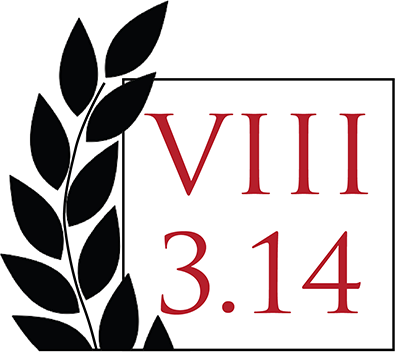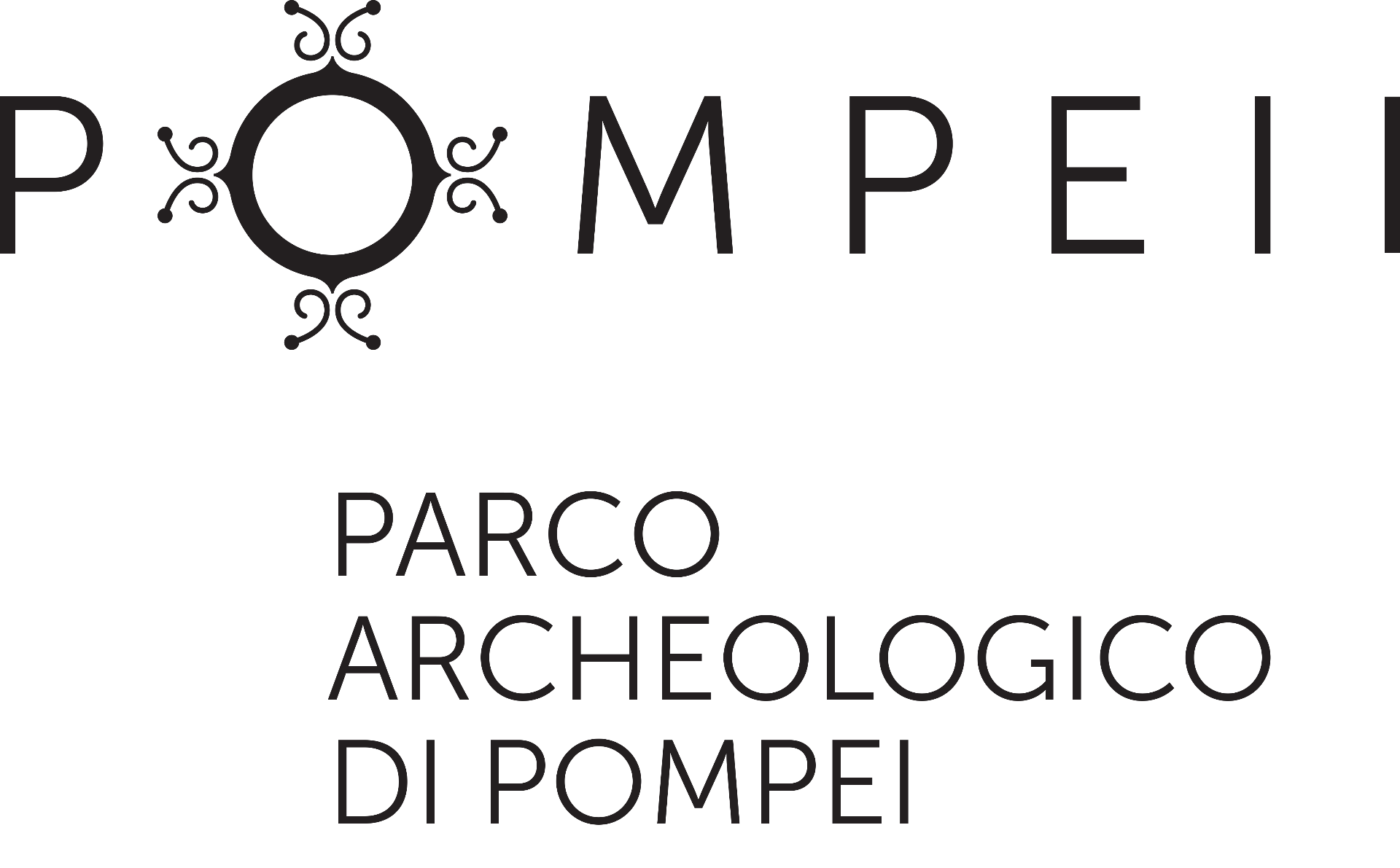
The 2019–2021 excavations focus on the garden area of the house. The archaeological study of gardens has unique methodological requirements, and the method used by this project is that drawn up by Kathryn Gleason in The Sourcebook for Garden Archaeology (ed. Amina-Aicha Malek), using techniques specially adapted from architectural and landscape archaeology.
The project strictly follows modern stratigraphic excavation techniques. Field methods emphasize careful recording of stratigraphy using iPads for data forms and daybooks, complete cataloguing of finds according to stratum, and point proveniencing finds from secure contexts with Total Station. Excavated soils are processed using bucket flotation and dry sieving. All sediments are sieved with 5mm mesh box screens. Soil samples are collected from all features and floors for flotation and collection of botanical, faunal, and microartifactual remains. At Pompeii, the cavities of trees and shrubs from 79 CE filled with lapilli (pebble-sized volcanic debris) upon decay, and evidence from the 2018–2019 seasons indicates that root cavities are still preserved in the Casa della Regina Carolina garden. All root cavities are carefully excavated and documented, and if adequately preserved, cast using silicon rubber or gesso. A drafting team draws all floor deposits, sections, and selected artifacts. A project architect prepares final plans, sections, and elevations of excavated architecture and garden construction. These are entered into a master CAD plan for sharing with the Parco Archeologico di Pompei, as well as for 3D modeling and publication. GIS software is also used to map the locations of stratigraphic units, artifacts, and other excavated data.
Additionally, this project seeks to apply the innovative techniques of “microarchaeology” to the identification of domestic activity areas. Since the pre-79 CE structures at the Casa della Regina Carolina were demolished to construct the later garden, they likely will not contain many intact artifacts in situ. Nonetheless, recent research suggests that microarchaeological techniques – such as residue analysis of floors, or the analysis of thin sections of floors – have the potential to identify activity areas even in such conditions.










